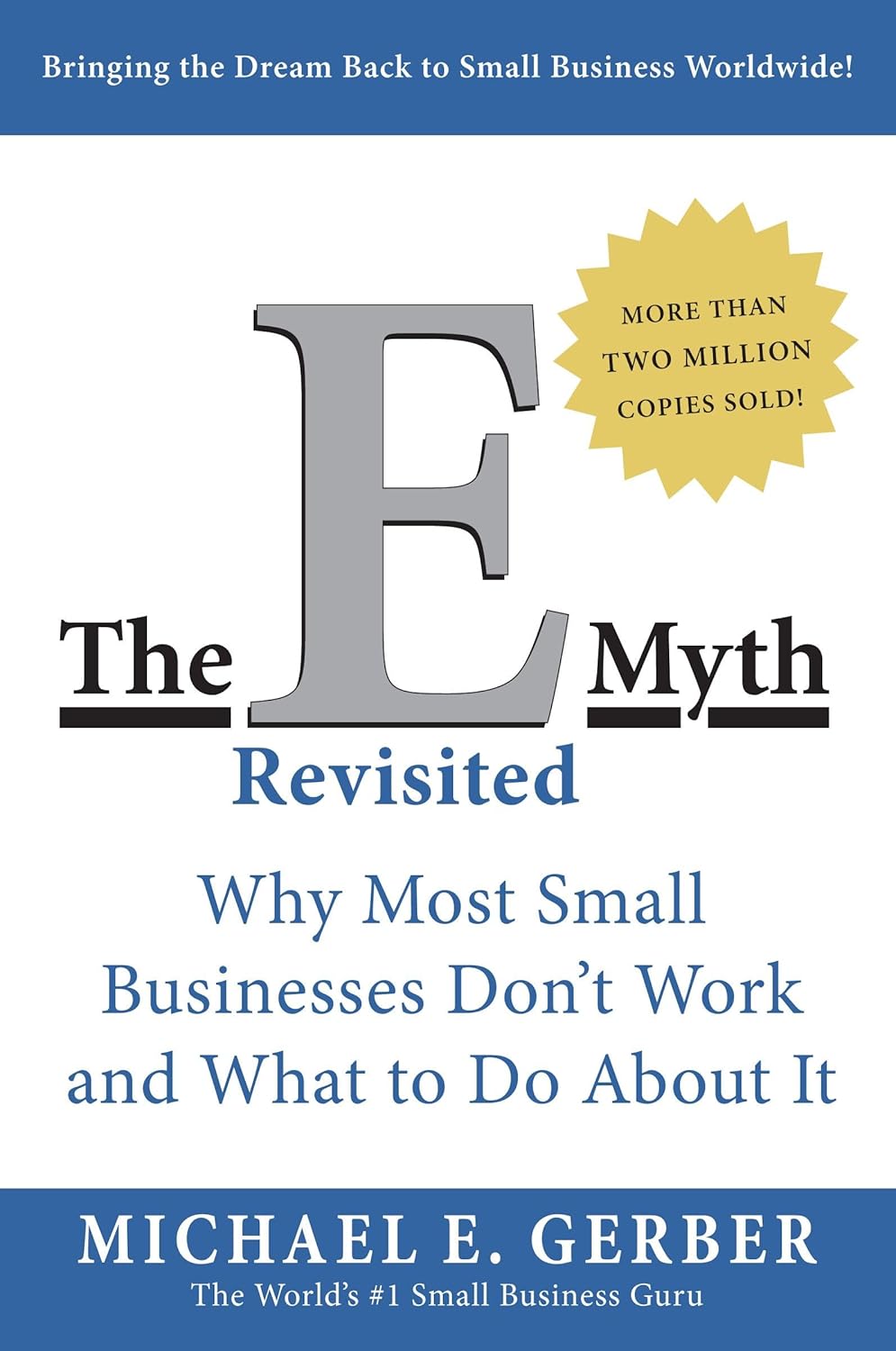This chapter explores how businesses can map the customer journey and address pain points at every stage, using frameworks like Eugene Schwartz’s five stages of awareness. It emphasizes creating a layered product ecosystem that meets customers’ evolving needs, from impulse buys to advanced solutions.
Overall Summary
Journey mapping is about recognizing that people at different stages of their awareness and understanding will have different needs and struggles. Using the five states of awareness—problem unaware, problem aware, solution unaware, solution aware, and most aware—creators can tailor their product offerings. These offerings are organized into tiers, from small impulse solutions that give temporary relief (Tier 1) to full, transformative solutions and ongoing support (Tier 4). The key is understanding what stage your audience is at and what kind of help they’re actually looking for—often, they’re unaware of what they truly need and can’t clearly articulate their desired solutions. Market research, rather than direct audience surveys, is recommended to uncover pain points. The chapter also includes real-world case studies (Pinterest, Fashion Design, PR) showing how creators build ecosystems of digital products that support customers at different journey stages. Ultimately, successful digital products exist where your interests, expertise, and customer needs intersect, and product success often comes after several iterative launches, not on the first try.
Highlights
- 🧭 Journey Awareness Stages: Customers move from being problem unaware to most aware, each stage requiring different types of products and messaging.
- 🛑 Pain Points Vary by Tier: Tier 1 is impulse relief (small wins), while Tier 4 is full support and transformation.
- 📊 Research Methods: Use Amazon categories, Udemy enrollments, BuzzSumo trends, and Pinterest searches—not just audience surveys—to uncover what people care about.
- 💡 Henry Ford Insight: People often don’t know what they want; they express symptoms, not solutions.
- 🛠️ Tiered Product Ecosystem: Build products like tripwires, beginner courses, advanced courses, and memberships tailored to each awareness stage.
- 🎯 Examples in Practice: Pinterest specialist, fashion design mentor, and PR coach show how pain points shape product offers.
- 📚 Learning from Case Studies: Case studies illustrate how the same problem can be solved by different products at various levels of customer awareness.
- 🔍 Self-Awareness for Creators: Creators must focus on what excites them and where they are ahead of their audience—this drives sustainable product creation.
- ♻️ Iterative Launch Process: Expect to refine your product and messaging over several launches to properly address audience pain points.
- 🚀 Freedom to Choose Levels: You don’t have to create products for every tier. Build where your skills and interests align with your audience’s needs.
Summary
- Customer Journey Mapping: Customers at different awareness stages (problem unaware to most aware) have different needs. Your product ecosystem should reflect this journey to effectively guide them forward.
- Pain Point Progression: At Tier 1, customers feel general confusion or discomfort. By Tier 4, they are actively seeking comprehensive solutions and community support, like a membership or mastermind.
- Tier Examples Explained: Products can be impulse tripwires (Tier 1), beginner how-to courses (Tier 2), advanced frameworks or solutions (Tier 3), and ongoing support/memberships (Tier 4).
- Market Research Tips: Analyze top-performing books, courses, and social media trends to find what problems people care about, rather than directly asking what product they want.
- Creator-Audience Fit: Successful digital products come from the overlap of what excites the creator and what the audience needs, forming a sustainable business model.
- Iterative Product Development: Expect multiple launches to refine your product, marketing, and fit with audience needs. Few products are perfect at launch.
- Case Study—Pinterest: Starting with templates (Tier 1), progressing to basic setup courses (Tier 2), traffic generation frameworks (Tier 3), and a template subscription (Tier 4).
- Case Study—Fashion Design: Beginning with sketch templates (Tier 1), basic design courses (Tier 2), collection-building courses (Tier 3), and a fashion boutique membership (Tier 4).
- Case Study—PR & Visibility: Initial pitch templates (Tier 1), strategic PR planning courses (Tier 2), and curated PR opportunities or done-for-you services (Tier 4).
- Design Your Own Ecosystem: Use your skillset, market demand, and audience needs to build your own tiered ecosystem. Don’t try to solve every pain point—focus on what fits your genius zone.




















